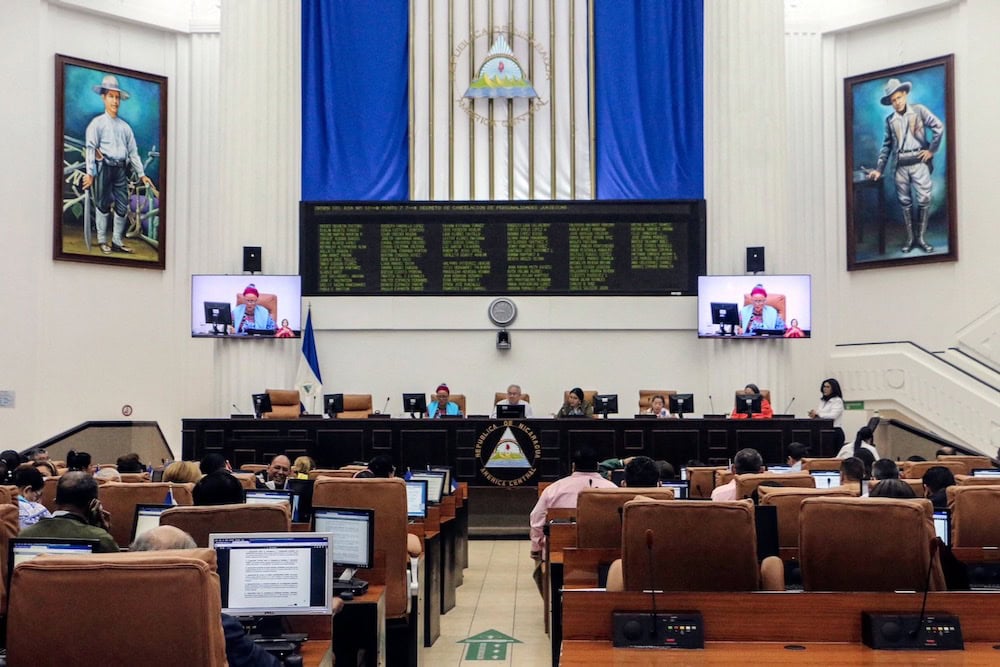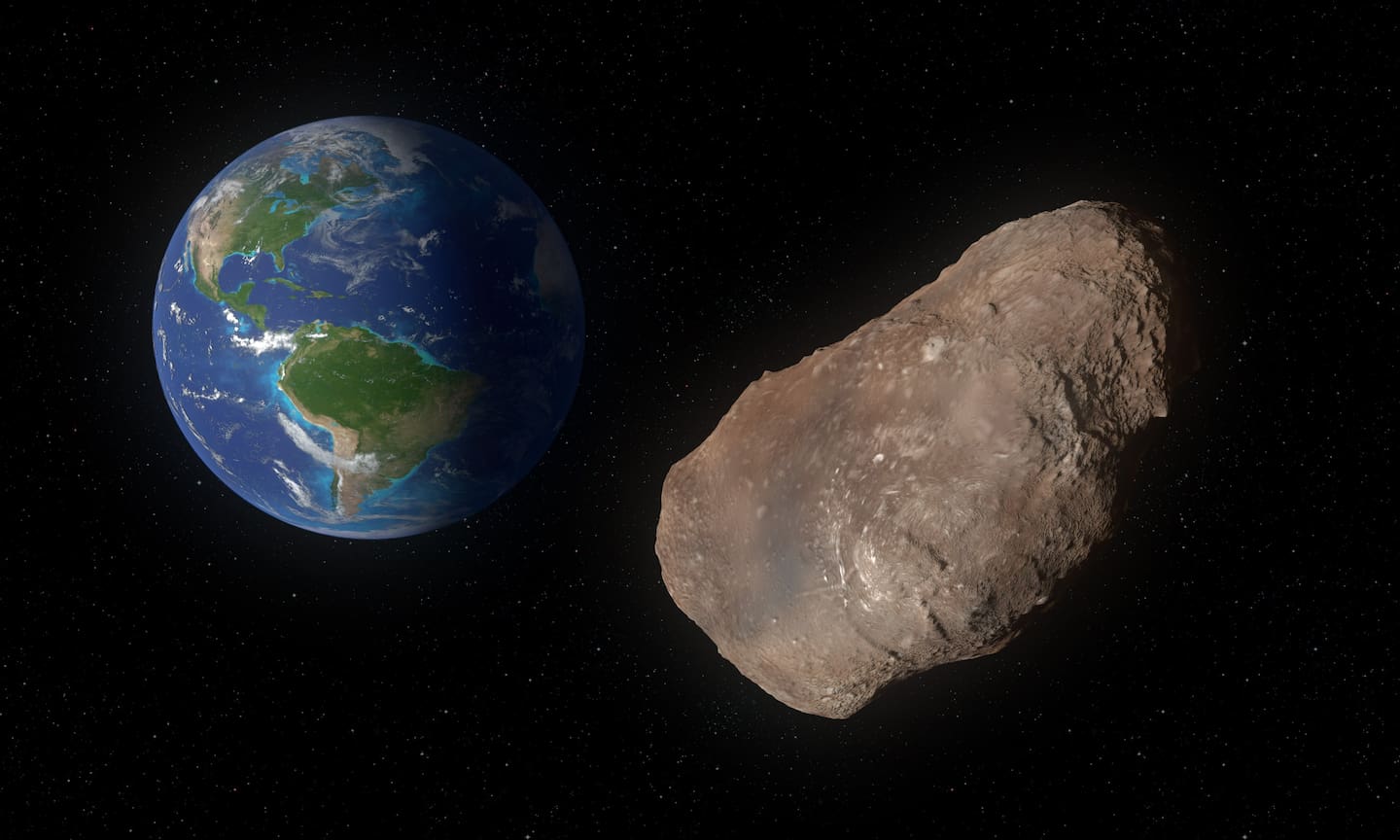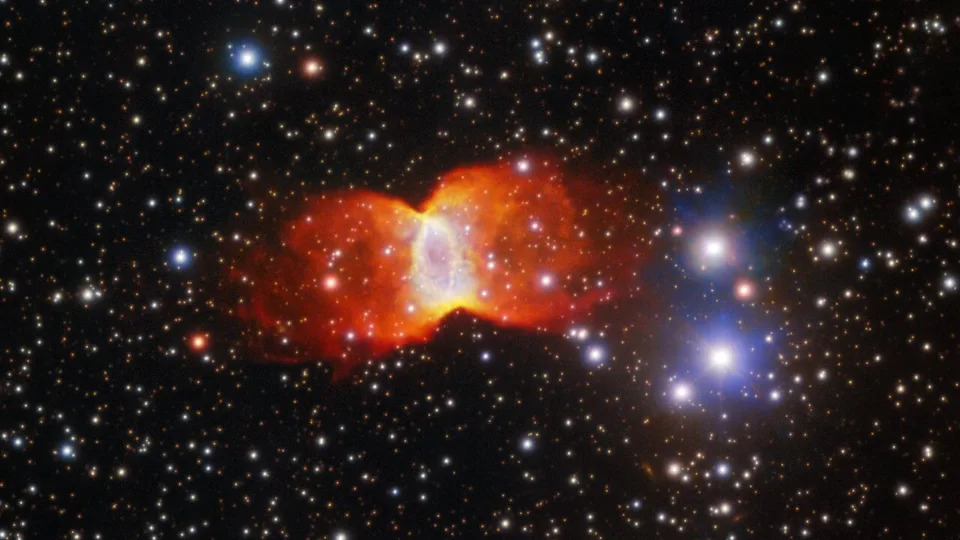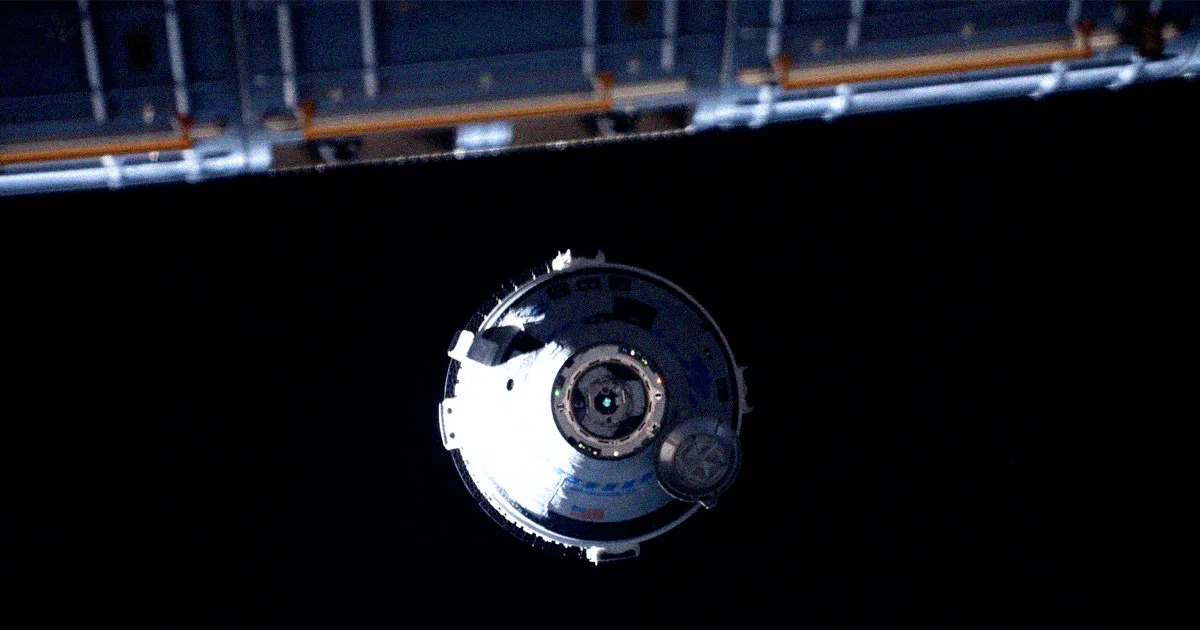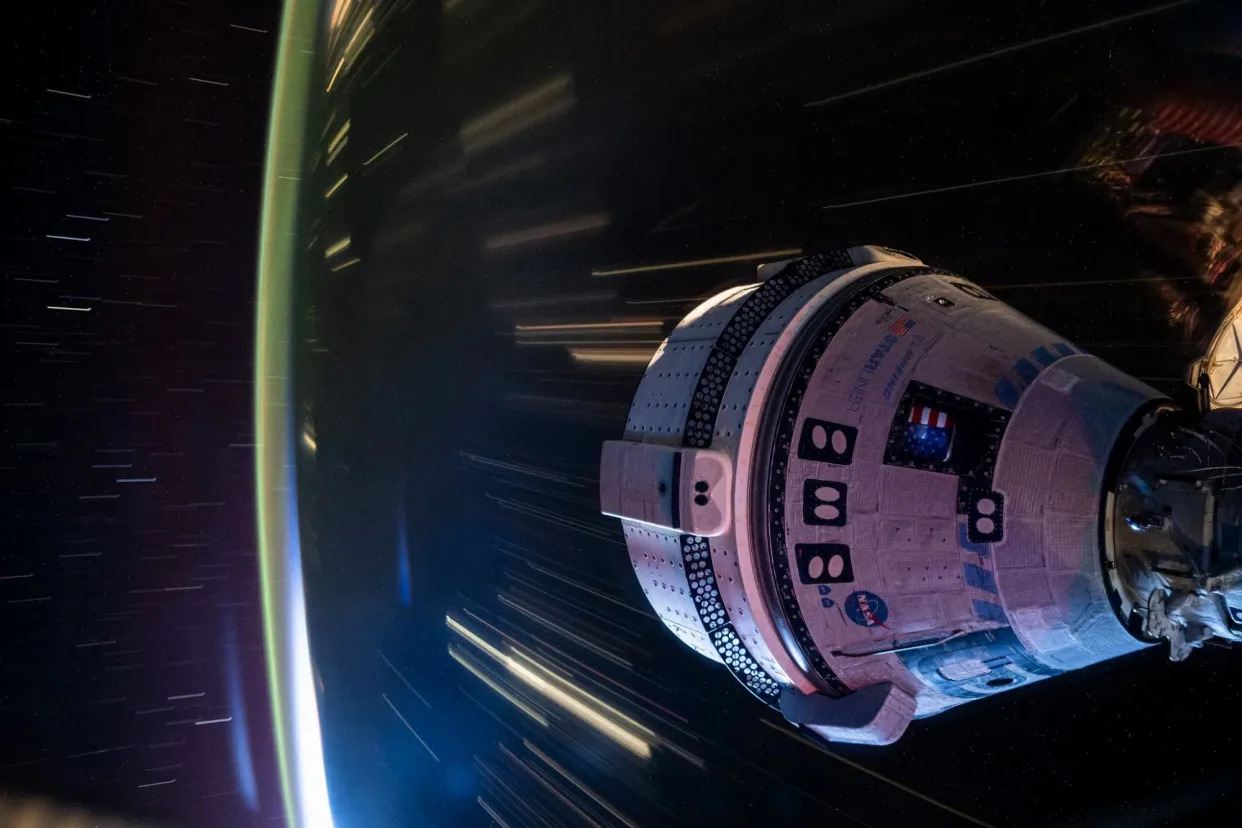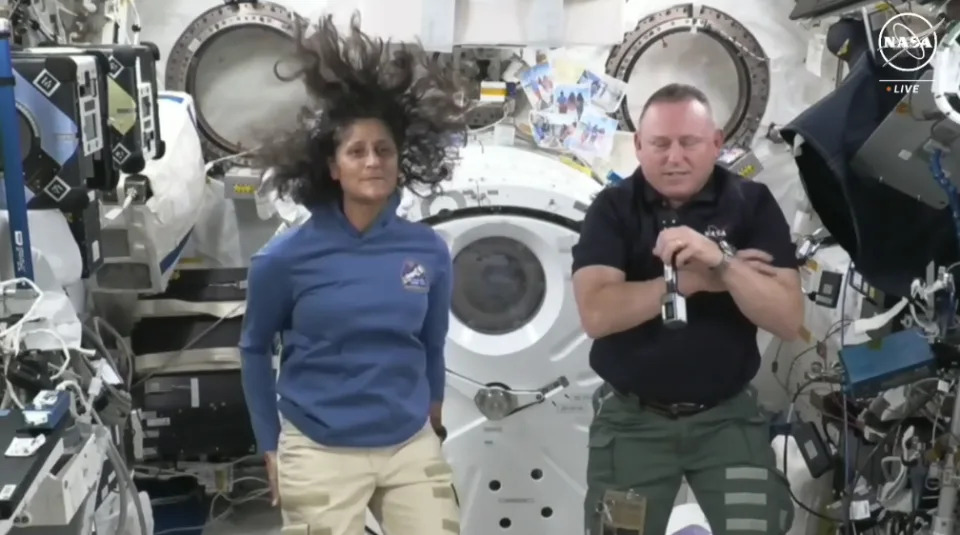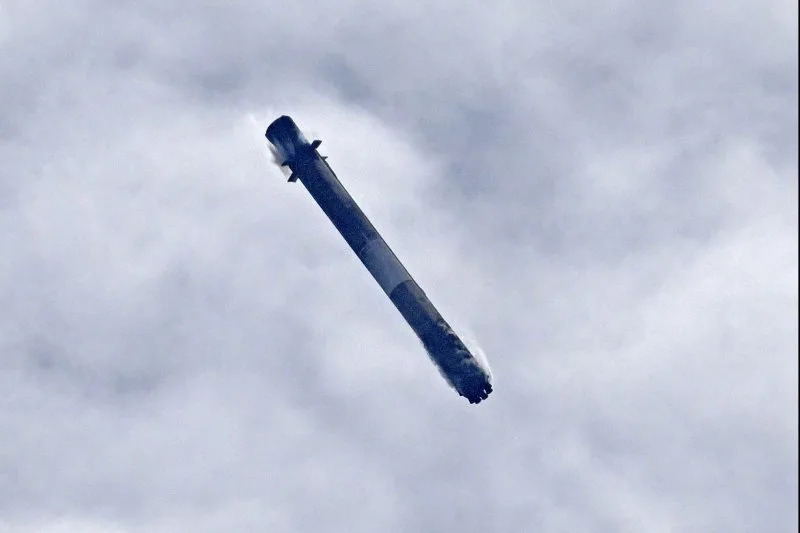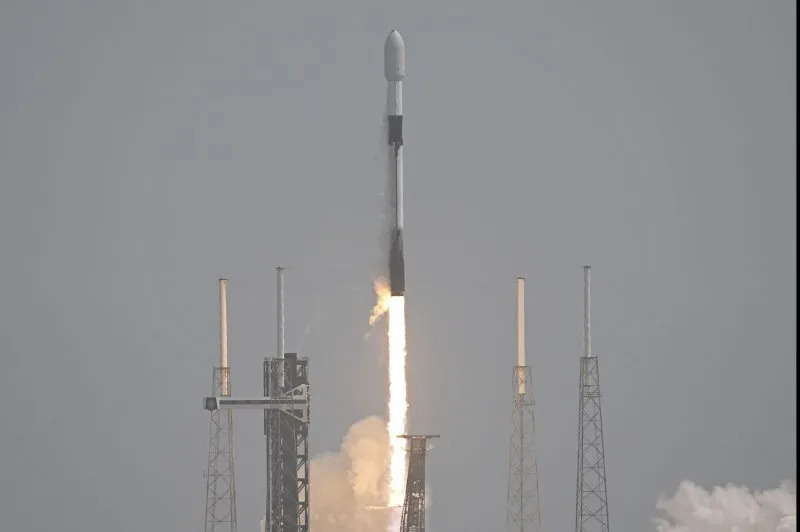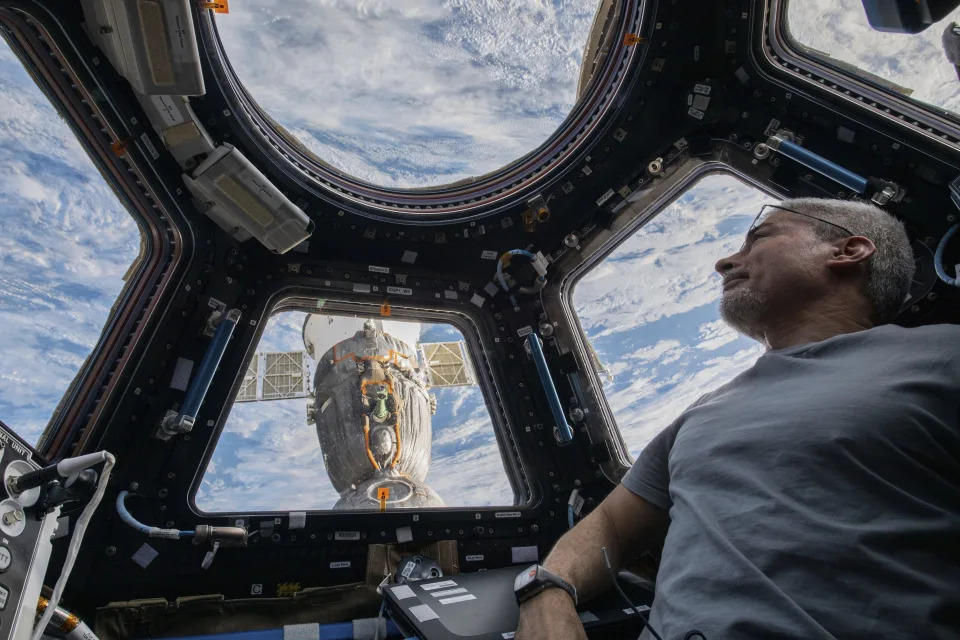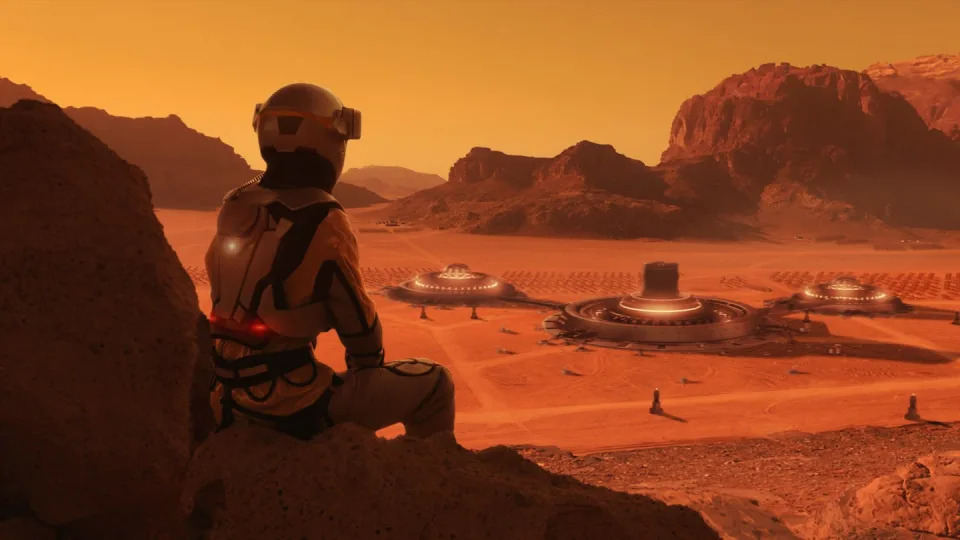Merve Aydogan |06.08.2024 -
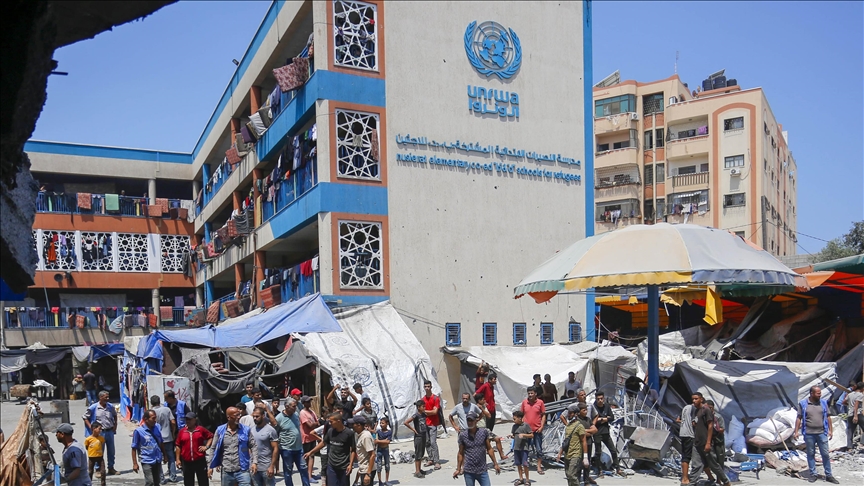
HAMILTON, Canada
The UN on Monday announced the completion of an investigation by its Office of Internal Oversight Services (OIOS) into allegations made by Israel against staff members of the UN agency for Palestinian refugees (UNRWA) following events on Oct. 7 last year.
In relation to the findings, UN deputy spokesman Farhan Haq told reporters during a news conference that "in one case, no evidence was obtained by OIOS to support the allegations of the staff member’s involvement, while in nine other cases, the evidence obtained by OIOS was insufficient to support the staff members’ involvement."
"With respect to these 10 cases, appropriate measures will be taken in due course, in conformity with UNRWA Regulations and Rules," Haq said.
For the remaining nine staff, the OIOS "indicated that the UNRWA staff members may have been involved in the armed attacks (by the Palestinian group Hamas) of 7 October 2023."
Haq said the employment of those individuals will be terminated.
Reporters were seeking clarification on the term "may" from the statement and asked about the evidence behind the Israeli allegations.
As the OIOS statement revealed that it could not independently authenticate most of the information provided to it, Haq said "we have sufficient information in order to take the actions that we're taking, which is to say the termination of these nine individuals."
He also noted that if the allegations are "authenticated and corroborated," the nine UNRWA staff may face sanctions according to agency rules.
Asked whether OIOS investigators spoke to the accused staff members, Haq said they did not due to "safety and security concerns."
He said the OIOS investigation is not a "criminal investigation" but was later asked by a reporter why would UNRWA fire its staff "if it's not a criminal investigation, if you don't have enough evidence."
"For nine people, the evidence was sufficient to conclude that they may have been involved in the 7th of October attacks," he said.
In April, a report by an independent review group led by former French Foreign Minister Catherine Colonna noted the absence of supporting evidence for Israel's terror-link allegations of UNRWA staff.
UNRWA has been hindered from doing its job since January, when Israel accused a handful of its thousands of employees of being involved in the Hamas attack on Israel.
Amid a probe of the claims, several countries have cut off funding to the agency, and its aid work for Gaza’s famine-stricken population has suffered.
At least 18 countries initially suspended funding to the agency amid the allegations.
UNRWA was created by the UN General Assembly more than 70 years ago to assist Palestinians who were forcibly displaced from their land.
The agency provides crucial support to millions of Palestinian refugees in the Gaza Strip, West Bank, Jordan, Lebanon, Syria and other areas where large numbers of registered Palestinians live.








